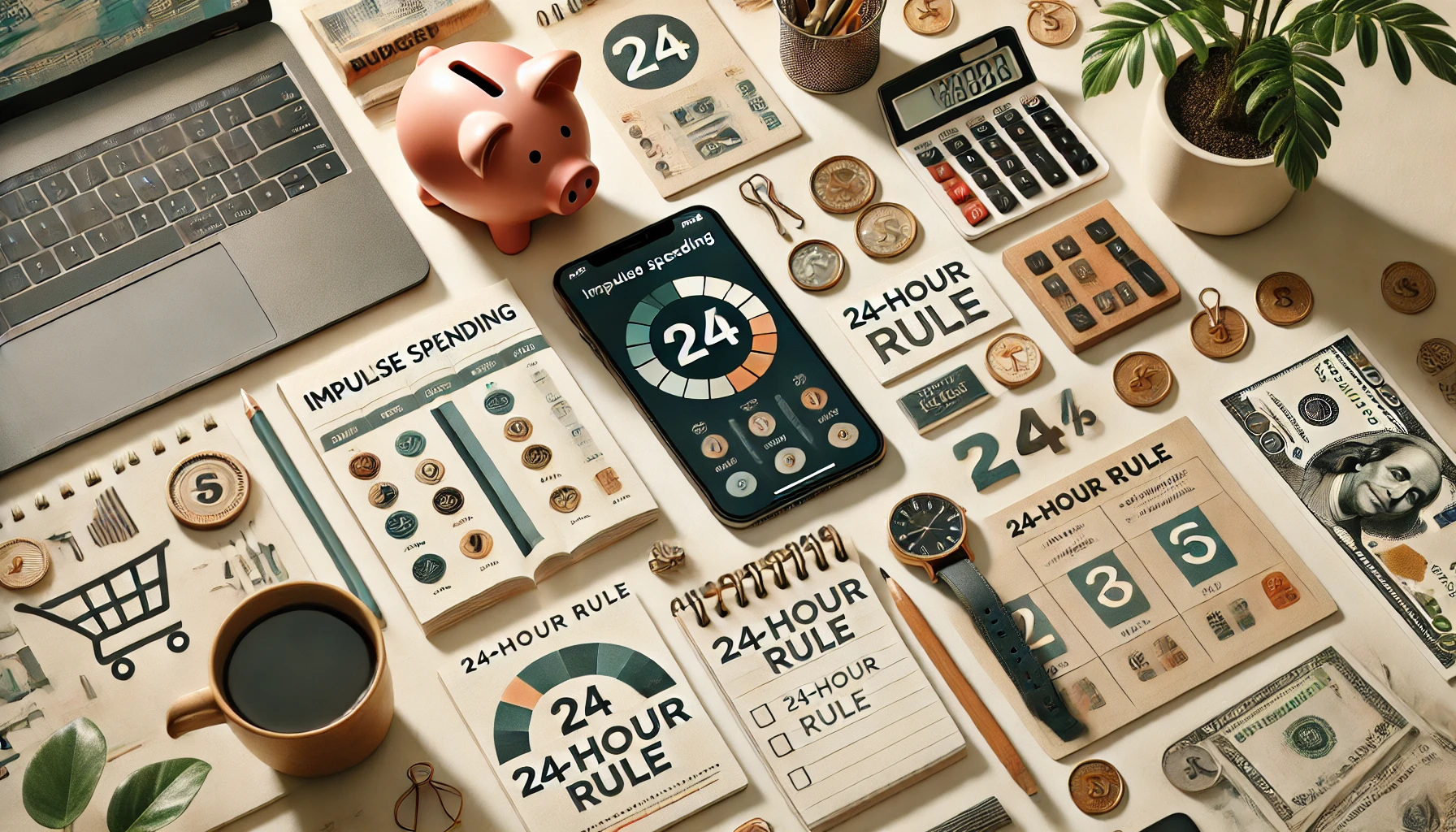You walk into a store for toothpaste—and walk out with $70 worth of stuff you didn’t plan to buy.
Sound familiar?
Impulse spending happens to everyone. But when it becomes a habit, it can wreck your budget, delay your goals, and leave you wondering where your money went.
The good news? You can learn to recognize, reduce, and replace this habit with smarter, more mindful choices. In this article, we’ll show you practical ways to avoid impulse spending—and build lasting habits that support your financial success.
What Is Impulse Spending?
Impulse spending is buying something unplanned, often driven by emotion, convenience, or temptation rather than need.
It’s not always about big purchases. A daily $6 coffee or $20 random online deal adds up—fast.
Common triggers:
- Boredom or stress
- “Limited-time” sales or discounts
- Social media ads or influencer recommendations
- Retail therapy
- Lack of a clear budget
Recognizing these triggers is the first step toward change.
Step 1: Track Your Spending for a Week
You can’t change what you don’t see.
Try this:
- Write down every purchase for 7 days
- Note how you felt before you bought it
- Highlight anything unplanned
You’ll start to notice patterns—and understand what’s driving your spending.
Step 2: Make a Simple Budget (and Actually Use It)
A budget gives your money direction.
You don’t need a complicated spreadsheet. Try the 50/30/20 rule:
- 50% for needs
- 30% for wants
- 20% for savings/debt
Or use apps like:
- YNAB
- Goodbudget
- Mint
💡 Tip: Give yourself a “fun money” category to spend freely—guilt-free.
Step 3: Create a 24-Hour Rule
Impulse buys thrive on urgency. Break the cycle with a simple rule:
“If I still want it tomorrow, I can come back for it.”
Most of the time, the urge fades. If it doesn’t, it may be a purchase worth making.
Step 4: Unsubscribe and Unfollow
One of the biggest impulse traps? Your inbox and social feed.
Do this today:
- Unsubscribe from store newsletters and promo emails
- Unfollow social media accounts that trigger FOMO or spending
- Delete shopping apps you don’t use regularly
Out of sight = out of cart.
Step 5: Use a Cash or Prepaid Card System
When you pay in cash (or with a prepaid card), it’s harder to overspend.
Set weekly spending limits for categories like:
- Dining out
- Coffee shops
- Miscellaneous shopping
Once the money’s gone—you stop.
Step 6: Make a Shopping List—and Stick to It
Before you shop, write down what you need.
Tips:
- Eat before grocery shopping
- Avoid “browsing” in stores or online
- Use curbside pickup or delivery to avoid temptation
Lists protect your wallet.
Step 7: Delay Large Purchases on Purpose
For any purchase over a set amount (e.g., $100), create a rule:
“Wait 3 days. Then decide.”
This pause gives your brain time to consider needs, budget, and goals, rather than emotion.
Step 8: Set Financial Goals You’re Excited About
It’s easier to say “no” to an impulse when you’re saying “yes” to something bigger.
Try goals like:
- Emergency fund
- Vacation savings
- Paying off debt
- Buying a new laptop
Create a visual tracker to stay motivated.
Step 9: Practice Mindful Spending
Ask yourself before any purchase:
- “Do I need this or want this?”
- “Can I afford it without going into debt?”
- “Will this still matter to me in a week?”
- “Is this aligned with my goals?”
Even 30 seconds of thought can break an impulse.
Step 10: Replace the Habit, Don’t Just Fight It
Impulse spending often fills an emotional need. Find healthier replacements:
- Go for a walk
- Call a friend
- Do a hobby or creative project
- Watch a show or listen to a podcast
You’re not just removing a habit—you’re replacing it with something better.
Final Thought: You’re in Control of Every Dollar
Impulse spending doesn’t make you bad with money. It just means you’ve built a habit—one you can unlearn.
With a little awareness, a few guardrails, and some new routines, you can take back control—and feel great about how you use your money.
Start small. Practice daily. And remember: every mindful choice adds up to long-term freedom.
